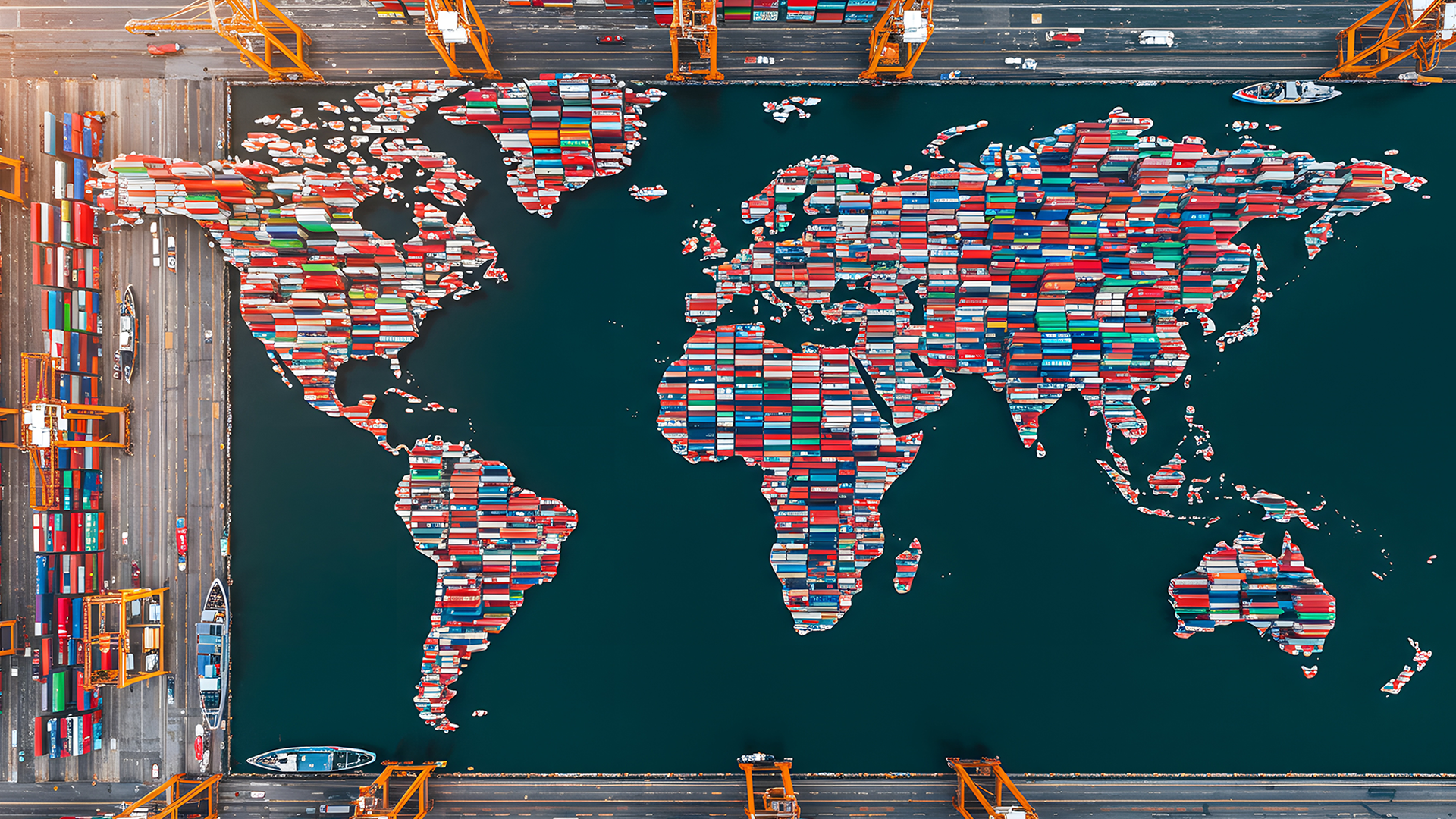Printing money causes inflation.
History may not repeat, but human nature does.
About 300 years ago, Irish economist and financier Richard Cantillon explained how excessive money printing causes inflation and a divergence between the “haves and have-nots.”
The same dynamics apply today. Cantillon wrote that there are three things that happen when excessive money printing happens, and they all recently occurred like clockwork.
1. Asset prices rise aggressively.
2. Broad-based inflation.
3. Wage inflation.
Central Bank economists failing.
At the Canadian Central Bank, Bank of Canada, there are 101 economists. In the US, the Federal Reserve has 785 economists. Yet no concerns were ever raised by governments and central bankers regarding the excess of money printing. Winston Churchill stated, “The farther backward you can look, the farther forward you are likely to see.”. It seems this logic and historical evidence is unfortunately lost on most elected officials and central bankers today.
Be close to the king.
Cantillon noted that those closest to the King benefited the most, the further away from the King the less or worse off you were. In today’s world, if you owned assets, you have benefited from inflation. Those who didn’t own property or equities have been very negatively impacted.
The key takeaway is that we know what the central banks are doing, how inflation will impact various asset classes and what inflation will do to the future purchasing power of those assets. These are all considerations when planning an appropriate investment strategy.





